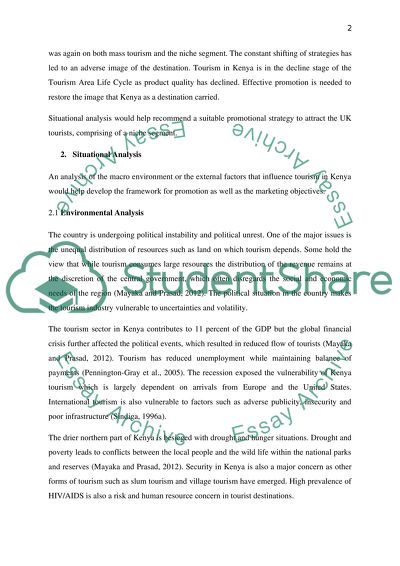Cite this document
(“Destination Marketing Coursework Example | Topics and Well Written Essays - 3000 words”, n.d.)
Retrieved from https://studentshare.org/tourism/1401948-destination-marketing
Retrieved from https://studentshare.org/tourism/1401948-destination-marketing
(Destination Marketing Coursework Example | Topics and Well Written Essays - 3000 Words)
https://studentshare.org/tourism/1401948-destination-marketing.
https://studentshare.org/tourism/1401948-destination-marketing.
“Destination Marketing Coursework Example | Topics and Well Written Essays - 3000 Words”, n.d. https://studentshare.org/tourism/1401948-destination-marketing.


